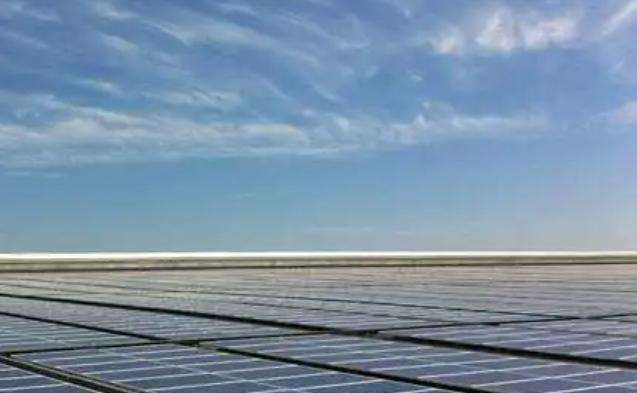What type of lamp should be used for interior lighting? If it is a high-power incandescent lamp or halogen lamp, the power generation capacity of the solar battery will be relatively high. If it is an energy-saving fluorescent lamp, the power generation capacity of the solar cell will be very low. When it comes to LED lights, although LED lights are bright, due to their extremely low power, the solar panels below the LEDs have almost no power output.
Solar cells are always used under sunlight and the effect will be very poor when used indoors. If so, you can choose "low light solar cells", such as amorphous silicon solar cells, which. are slightly more effective in low light.
Which of solar monocrystalline silicon andpolycrystalline silicon has the best performance in low light conditions?
The low light performance of crystalline silicon cells is not good. Only strong light irradiation can reflect the performance of. Crystalline silicon cells. The high efficiency of silicon cells
Amorphous silicon has good resistance to light, and a little light can generate electromotive force and current! Therefore, it is necessary to choose cells with good efficiency in low light conditions. However, if you apply strong light to amorphous silicon cells, some of the light will be wasted (the conversion efficiency of thin-film cells is lower than that of thin-film cells). that of crystalline silicon cells, the same Under strong light, crystalline silicon cells generate more electricity)
The functionThe main ion of solar cells is to convert light energy into electrical energy. This phenomenon is called photovoltaic effect. Among the many solar cells, the most common and practical are monocrystalline silicon solar cells, polycrystalline silicon solar cells, and amorphous silicon solar cells. In sufficiently sunny east and west areas, it is best to use polycrystalline silicon solar cells, because The. The production process of polycrystalline silicon solar cells is relatively simple, and the price is lower than that of monocrystalline silicon. Conversion efficiency has been continuously improved in recent years. In southern regions where there is relatively less sunshine on cloudy and rainy days, it is better to use monocrystalline silicon solar cells because the electrical performance parameters of solar cells en monocrystalline silicon are relatively stable. Of course, amorphous silicon solar cells are best when indoor sunlight is very weak, because amorphous silicon solar cells have relatively low requirements for sunlight conditions.














